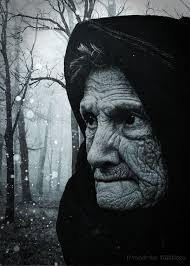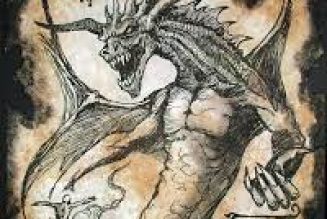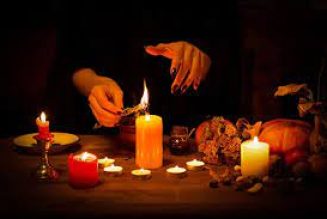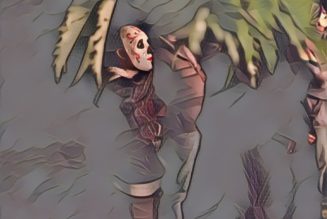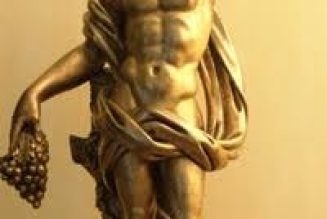The crone aspect of the Female Metaphor is commonly interpreted as a symbol of accumulated experience and the acceptance of endings. In various ancient societies, the crone was regarded as a figure associated with regeneration and insight. She was often described as a keeper of mysteries and a guide through transitional periods, representing knowledge gained through exposure to both positive and negative experiences.
Historical records indicate that many cultures viewed darkness as a necessary component of the life cycle, rather than as something inherently negative. In pre-Christian Europe, the crone was linked to deities such as Hecate and the Cailleach, who were connected to winter, the underworld, and seasonal change. These figures were considered agents of transformation, responsible for ending cycles and initiating new beginnings.
In contrast, modern Western perspectives have frequently associated darkness with negative qualities, often equating it with evil or loss. This dichotomy tends to overlook the role of decay and endings in fostering future growth. When only positive aspects are emphasized, the potential insights gained from confronting and integrating difficult experiences may be diminished. Research in psychology and philosophy suggests that understanding and accepting discomfort can contribute to a more comprehensive sense of self.
Within this framework, darkness is not equated with evil. It is often described as a space of challenge, mystery, and potential. Individuals who engage with difficult or unknown aspects of experience may report gaining perspectives that are not accessible through avoidance. In this context, evil is defined not as darkness itself, but as actions that deprive others of opportunity or well-being.
The crone figure is associated with the recognition of cycles involving growth, decline, and renewal. This perspective emphasizes that endings can serve as precursors to new developments, and that periods of difficulty may contain the basis for significant change.
Traditions worldwide, including those from Indigenous American and East Asian cultures, have recognized the importance of elders and the role of darkness in the life cycle. The crone’s path is frequently described as one of guidance, with an emphasis on regeneration, knowledge, and the integration of both positive and negative experiences as essential components of existence.
